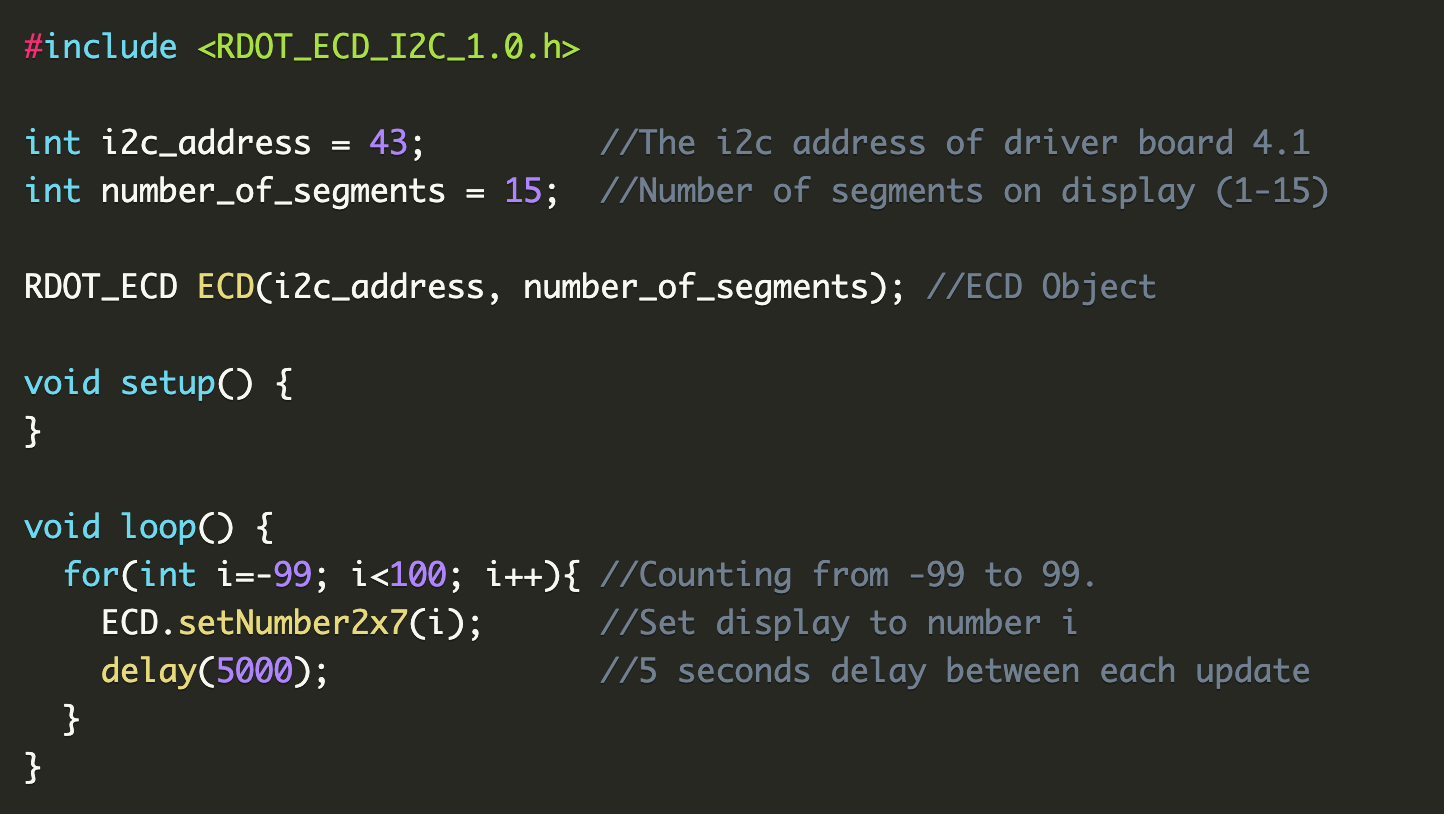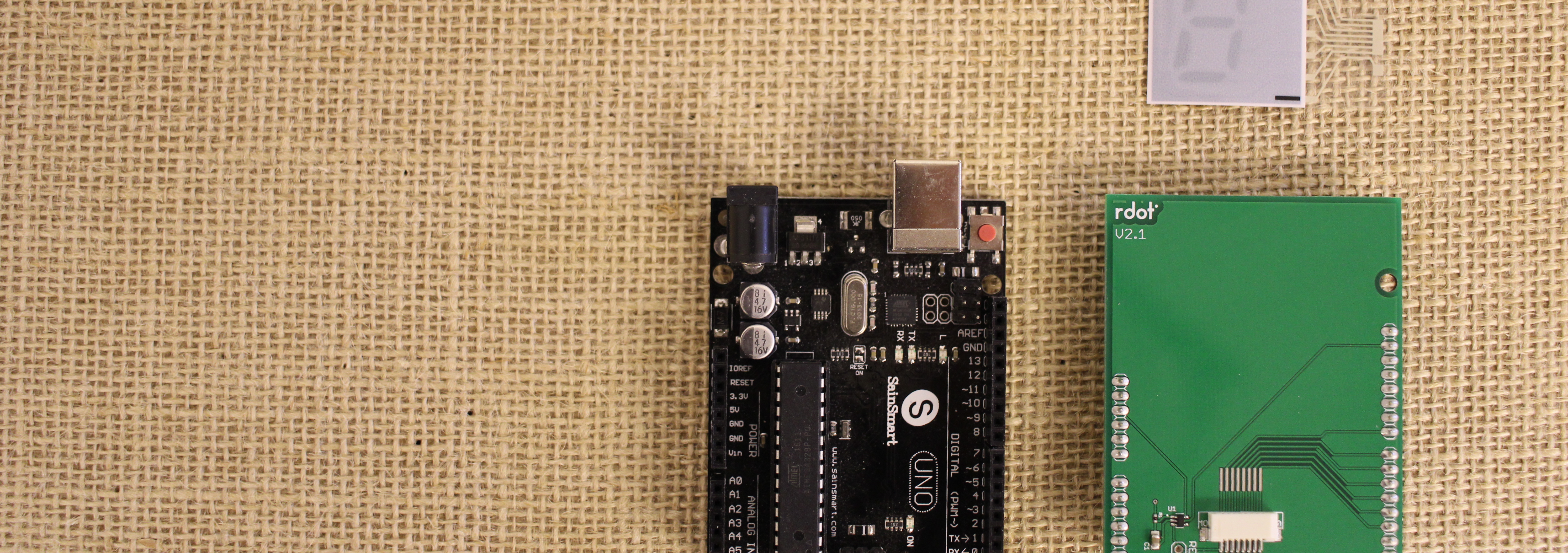
Energy efficiency is crucial for future technologies. We need to make our products more power efficient to reduce the stress we put on the environment. Consumers demanding wireless products without bulky cables is another reason to reduce power. Hardware engineers developing IoT projects are struggling to stay within the power budget where the display often is the main problem. To meet these challenges there is a huge demand for ultra-low power IoT displays. In this article, we summarize the three most common low energy displays from a power perspective.
Reflective LCD displays, such as 7 segment displays, have been around for a long time. We recognize them from all kinds of household appliances including thermometers, ovens, watches, toys and medical devices. Until recently, LCD has been the only option for low power but now two alternative technologies exist on the market; the E Ink display based on electrophoresis and the Rdot display based on electrochromism, both offering features that LCD is lacking.
In this article, we investigate E Ink, Reflective LCD and the Rdot Display from a power perspective. All these technologies are categorized as reflective displays. Reflective displays are essentially required for ultra low power applications since emitting light is very power consuming (read more about reflective, transflective, and transmissive displays here). We want to clarify that displays from different manufacturers have slightly different energy consumption, and the data presented here is an average from the suppliers with the most energy efficient displays.
Driving Requirements and Characteristics
Before we go too deep it is important to understand the driving requirements of each display technology. Reflective LCD displays need an active driver that varies the polarity of the voltage across the pixel in a frequency of about 60Hz. E Ink, on the other hand, doesn't need any active control once the display has been updated, this feature is often referred to as bistability. Rdot Displays is somewhere in between LCD and E Ink; once the display has been switched the controller can go idle for about 15 minutes (there exist versions that can be idle for up to 24 hours as well). We usually call this phenomenon "semi-bistability". After this time a small refresh pulse is required to maintain the state. For E Ink and Rdot, energy is only required during switching and updating while no energy is consumed during idle state. Typically, the energy required for a full switch on an E Ink display is about 7 to 8mJ/cm2. The corresponding number for the Rdot display is about 1mJ/cm2 with the addition of 0,25mJ/cm2 every 15-60 minutes. LCD continuously consumes about 6µW/cm2.
The energy consumption depends on how often the content is changed.
Followed by the different driving characteristics of the displays, we need to look into how often the display is updated to truly understand which display is the most energy efficient for your specific application. This is done by calculating the average power as a function of the number of switches per day. As seen in the diagram the E Ink display is the most power effective choice if the application is switching less than seven times a day. Between 4 and 600 switches, the Rdot display is the most energy efficient choice. If the display switches more than 600 times a day reflective LCD would be the best option from a power perspective.

Conclusion
To summarize the findings we can conclude that the Rdot display is the most power efficient choice if you need a display that is supposed to switch 4-600 times a day. However, we need to remember that there might be other features to take into consideration as well. For example, the Rdot display is flexible in its standard appearance and can be offered in multiple different colors without additional cost.



